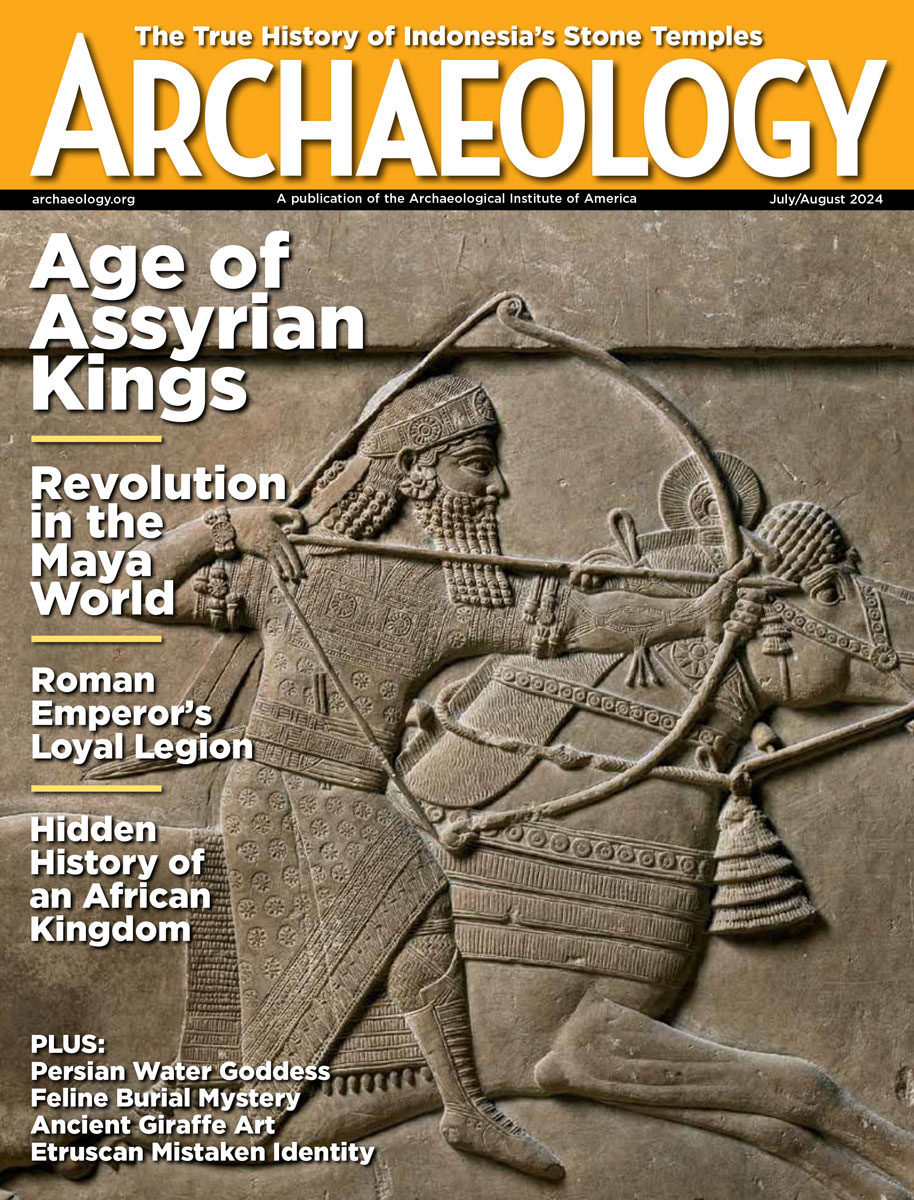Thursday, May 31
May 31, 2012
Italian police discovered an illegal excavation near the Via Tiburtina, leading to an investigation and the recovery of some 18,000 artifacts looted from archaeological sites near Rome. No arrests have been made, but the names of five people have been turned over to prosecutors. Some of the artifacts were found while searching suspects’ homes. Their notebooks led police to additional illegal excavation sites in the Aniene River valley.
Egyptian authorities have recovered 40 pieces of Pharaonic Shawabti figurines  that had been stolen last year from Cairo University excavation warehouses in Saqqara. The artifacts had been hidden in the sand, along with a small limestone door and two reliefs engraved with hieroglyphs.
In preparation for a symposium on the disappearance of Amelia Earhart, The International Group for Historic Aircraft Recovery (TIGHAR) has released information on the artifacts recovered from Nikumaroro Island. Researchers think Earhart and her navigator Fred Noonan might have crashed landed on the Pacific island in 1937. One of the objects is a glass jar that resembles a jar for a freckle vanishing cream popular in the 1930s. The castaways may have boiled drinking water in two other glass bottles held in a campfire with a handle made of twisted wire. “The bottles and other artifacts we have found at the Seven Site tell a fascinating, but still incomplete, story of ingenuity, survival, and, ultimately, tragedy. Whether it is Amelia Earhart’s story remains to be seen,†said Ric Gillespie, executive director of TIGHAR.  Here are some more photographs of the artifacts.
Simona Minozzi of the University of Pisa questions an interpretation which suggests that a plague victim buried in a mass grave in the sixteenth century was treated as if the living thought she was a vampire. The woman’s skeleton was unearthed on a Venetian island with her jaw wide open and a brick in her mouth. The grave was surrounded by stones, bricks, and tiles, so Minozzi thinks the brick may have simply fallen into the corpse’s open mouth.
- Comments Off on Thursday, May 31









